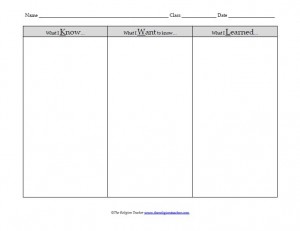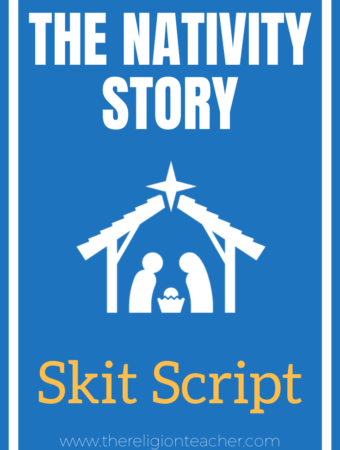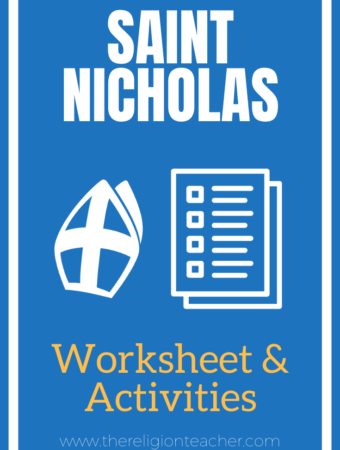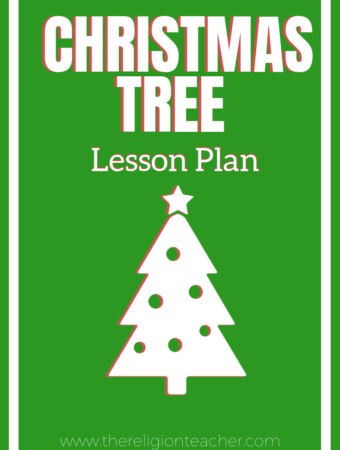KWL Charts are one of the most effective and simple teaching strategies that teachers can use to ignite student engagement. In many ways they offer a model or a framework for all other teaching strategies that attempt to get students interested in learning because they prepare to students by building in an element of relevancy to what they learn.
Put simply, KWL Charts consist of three columns:
K – What I Know.
W – What I Want to Know.
L – What I Learned.
Completed at different parts of a lesson, the three phases of the K-W-L Chart can increase comprehension of new information and move the needle of motivation to learn new things.
I like it because of how closely it aligns with what I call the Learning PROCESS, which is described in detail in The Religion Teacher’s Guide to Lesson Planning.
One of the biggest challenges that teachers and catechists share with me is getting students interested, engaged, and excited about learning. The best way to get students interested in something is to make it relate to their lives. The K column opens the door to relevancy and the W column drives it home.
By completing a KWL Chart, all new learning about a certain topic is meaningful because it is placed within the context of things the students already know (K) want to know (W).
How to Use a KWL Chart
Students can create KWL Charts on their own or you can print pre-created charts that you find online. You can find one of these charts on The Religion Teacher’s graphic organizers page.
One of the most common uses for KWL Charts is as a framework for an entire lesson. Give it to the students at the beginning of class or and have them complete it at the beginning (K-W) and end of class (L).
You can also have students complete a KWL Chart as a reading guide for the class textbook.
Know
The K portion of this graphic organizer is perfect for Bell Work and can work well with an advance organizer. Introduce a topic or just write it on the board. Give students five minutes or more to write everything they know about the topic in the column on the left (K).
You may want to recreate a KWL Chart on the board. In this case, have students share what they wrote and copy it to the board. Or use the Chalktalk strategy to invite students to silently write their responses on the board one at a time.
Want to Know
This step is crucial. All too often we overlook the importance of motivation in learning. The importance of this step is to get students to think about what they want to know about a certain topic. With this desire or set of questions in mind, students will have a frame of reference for new information.
In many cases students get stuck on this section. Have these students write one of each of the following types of questions: Who, What, When, Why, How?
What I Learned
In its simplest form this can be straight answers to the questions in the W column, but it should also provide additional new information the students have learned.
If students have a hard time with this, you can employ some other teaching strategies like 3-2-1 (3 terms or phrases of the day’s lesson, 2 concepts they learned about, and 1 concept they have mastered) or just ask them a set of questions and give them the time to answer them in the columns.
When used properly, this column can be a quick formative assessment to measure student progress toward an objective. Just be sure the students are aware of the objective or they won’t write down a relevant response.
Keep in mind that in many cases the students will have unanswered questions from the W column. Give them the opportunity to ask their questions and be prepared to answer as many as you can. If you don’t have the answers, assign it for homework or research it for them. In a student-centered classroom this is a perfect opportunity for extending and refining learning.
(Another popular version of the KWL Chart is the KWHL Chart. The “H” in the KWHL Chart refers to “How I will find out more. . .” If you are using this teaching strategy as a framework for student research or projects, then this is a helpful addition to the KWL Charts. The “H” gives students the opportunity to strategize about how they will learn address their questions in the W column.)
Download a KWL Chart Template.
Download a KWHL Chart Template.




This is my first year teaching Religion and am interested to learn how to write lesson plans to be an effective teacher. The kids are middle school and first year of Religion class.
Thanks for any help that you can give me. They have not made first communion yet.
Hi Emelina, I hope The Religion Teacher’s Guide to Lesson Planning helps out! It is free and available here on the website.